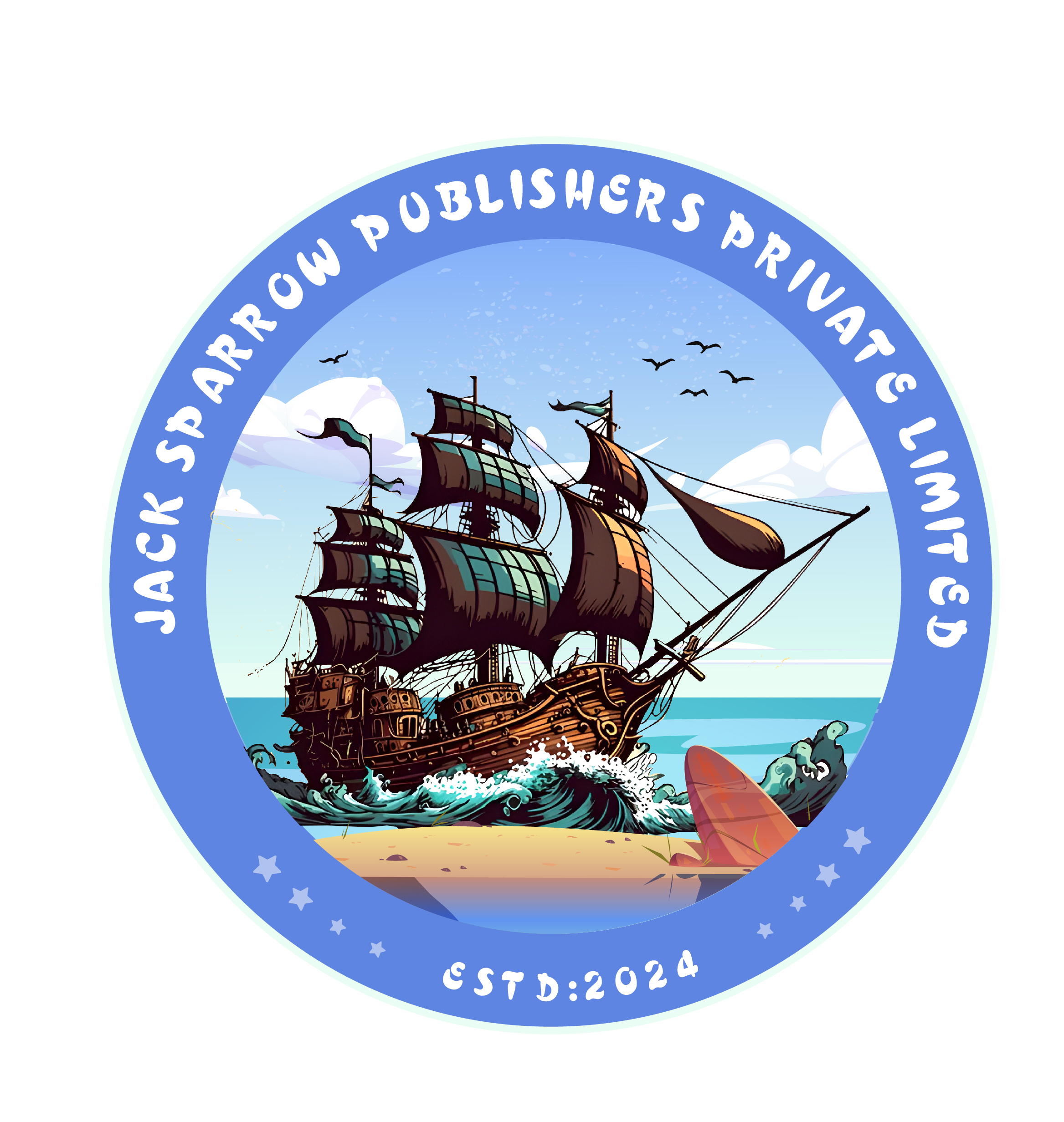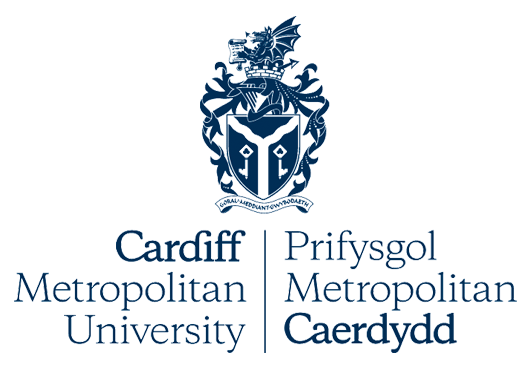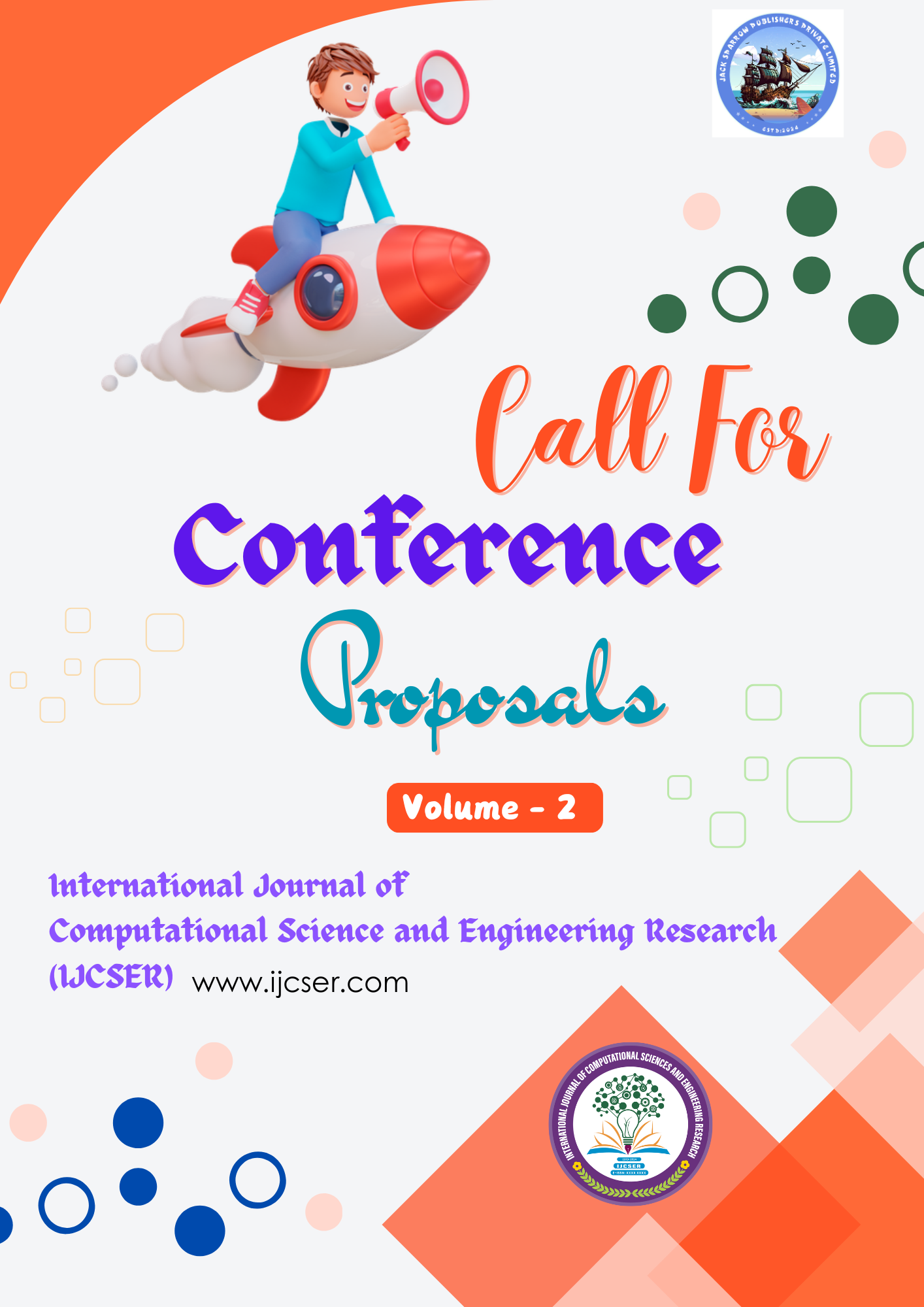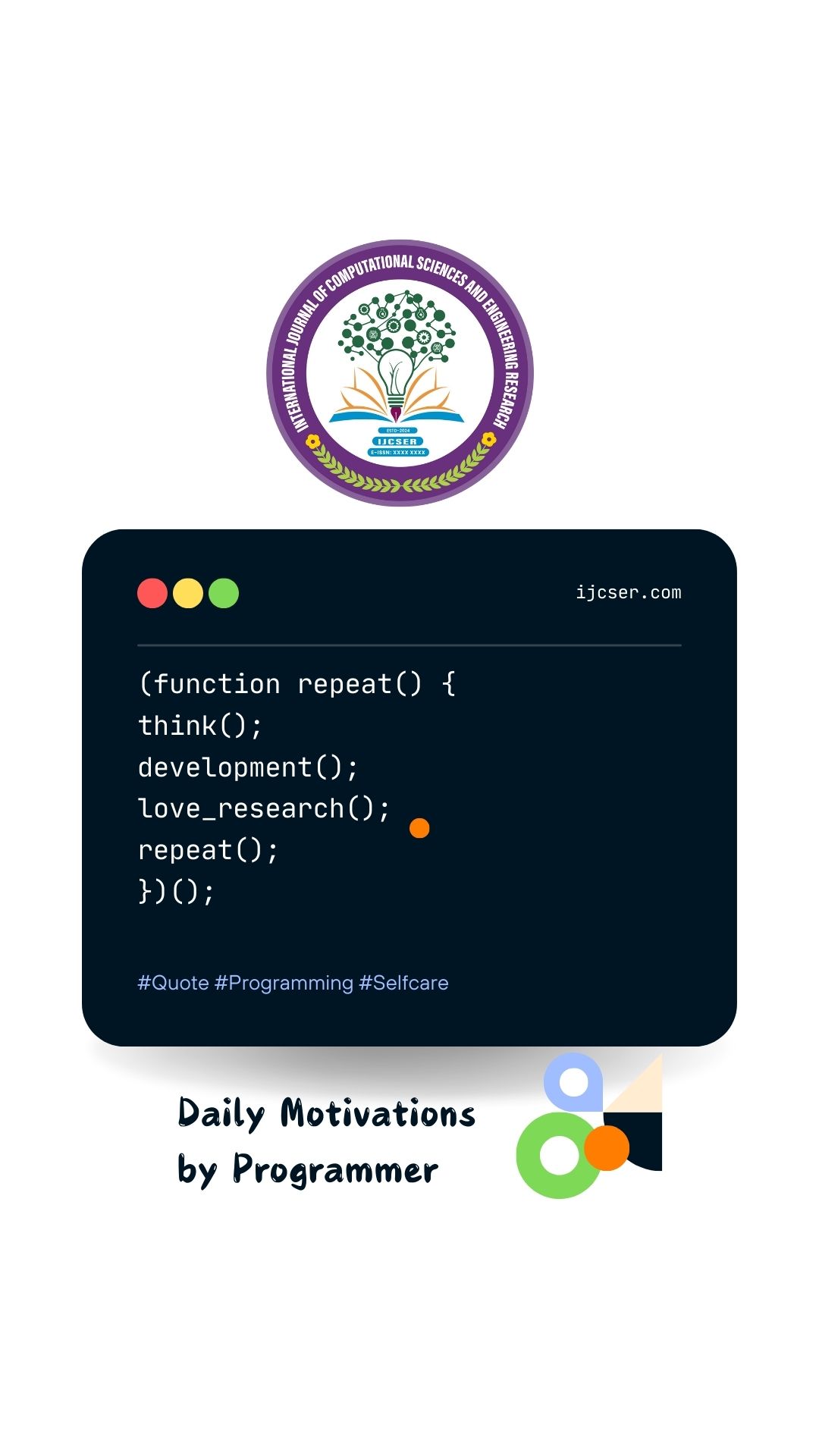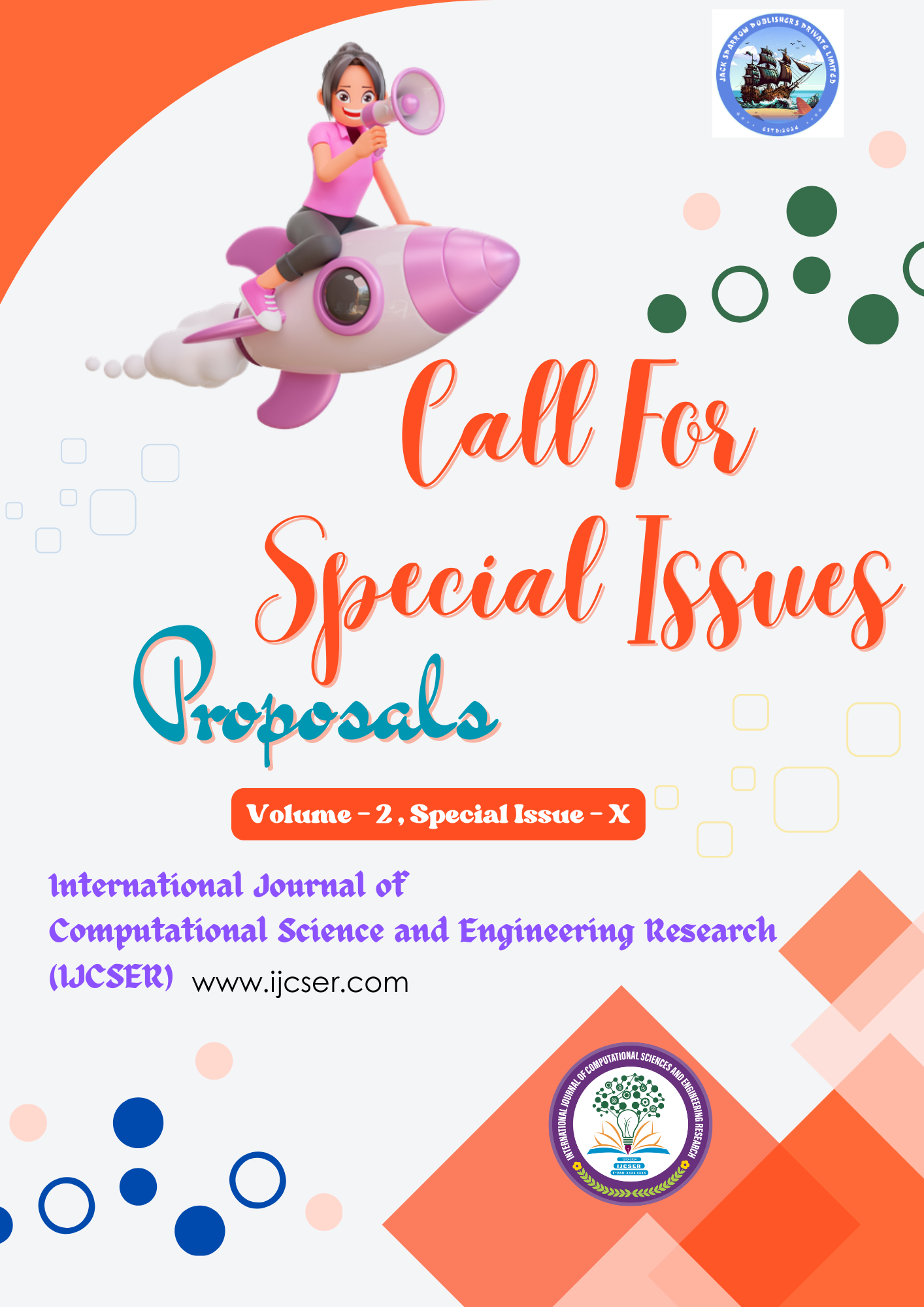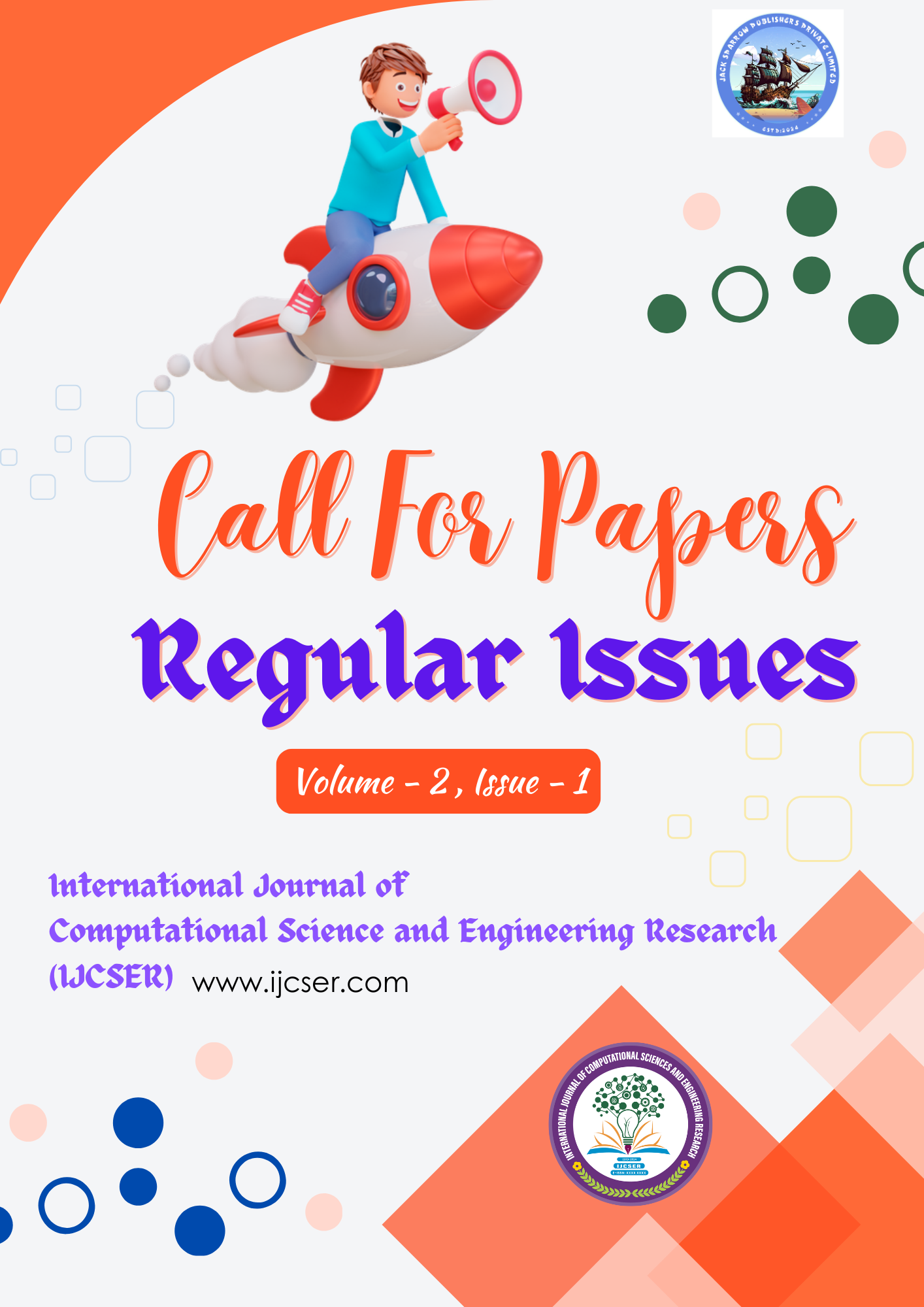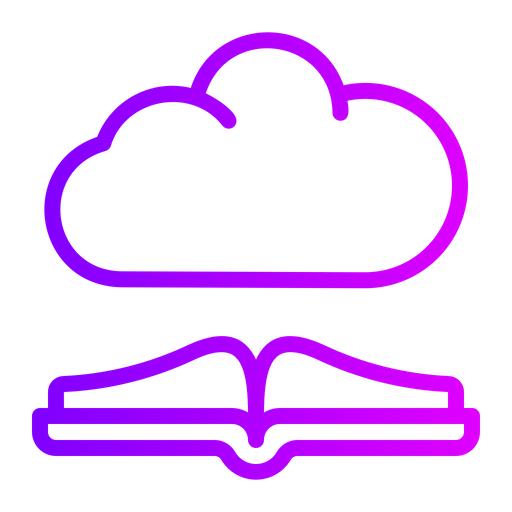 Digital Library
Digital Library
A Digital Library for an International Journal is a structured, accessible online repository where scholarly articles, research papers, and other academic content are stored, organized, and made available for readers, researchers, and the global academic community. Below is an outline for creating and managing a Digital Library for an International Journal:
Objective of the Digital Library
The primary goal of the Digital Library is to provide easy and open access to published research articles, papers, and other scholarly content related to the field of the journal. It serves as an invaluable resource for:
-
Researchers and academics to access up-to-date and peer-reviewed literature.
-
Universities, research institutions, and professionals to reference and utilize relevant research.
-
Promoting global collaboration and knowledge dissemination.
Content Structure
The Digital Library should host the following content:
Research Articles - Full-text articles of all accepted and published papers.
Conference Proceedings - If applicable, proceedings from conferences, seminars, or symposiums organized by the journal.
Special Issues - Collections of themed articles, often centered around a specific topic or event.
Reviews and Editorials - Expert reviews and editorial pieces on relevant academic subjects.
Theses and Dissertations - If the journal collaborates with universities, it may also house student research, theses, and dissertations.
Supplementary Material - Includes additional resources such as data sets, appendices, presentations, videos, or audio clips that accompany research articles.
Digital Library Features
Search and Indexing - Advanced search functionality to allow users to find articles by title, author, keywords, DOI, or abstract. Indexing by subject, research area, publication year, and other relevant filters.
Full-Text Access - Full-text access for all registered users (if the journal follows an open-access model) or subscription-based access for paid users. Metadata, such as abstract, keywords, citation formats, etc., should be available for all articles.
Digital Object Identifiers (DOI) - Each article in the Digital Library should have a DOI for easy citation and referencing. DOIs help in providing a stable and reliable way of referencing scholarly articles.
Multi-Format Availability - Articles should be accessible in multiple formats (PDF, HTML, EPUB, XML) to accommodate diverse user needs and platforms.
Multilingual Support - If possible, provide multilingual options to increase accessibility for non-English-speaking readers and promote global inclusivity.
Mobile Access - The library should be mobile-responsive to allow users to access content through smartphones and tablets.
Access and Permissions
Open Access - Articles may be freely available for download and use under an open-access license (e.g., Creative Commons), promoting unrestricted sharing and use.
Subscription-Based Access - If not fully open access, the journal can offer subscription models (individual, institutional, or corporate subscriptions) to access articles.
Hybrid Access - Some journals combine open access for certain articles with a subscription-based model for others, depending on the type of research or funding model.
Archiving and Preservation - Articles should be archived in trusted digital repositories (such as PubMed, JSTOR, or institutional repositories) to ensure long-term preservation and availability.
Content Management System (CMS)
The CMS is essential for:
Upload and Management - Authors or editors can upload manuscripts, and metadata including title, abstract, and keywords. The system will also handle versions of articles (Drafts, Reviews, Final Publication).
Peer Review System - An integrated peer review system that facilitates the review process for submitted articles, with the ability to track reviewers' comments, revisions, and approvals.
Editorial Dashboard - A centralized dashboard for managing article submissions, editorial workflow, peer review feedback, and decisions.
Metadata Management - The ability to manage and display metadata such as authorship, affiliations, keywords, abstracts, references, and citation formats.
Long-Term Preservation and Backup
The digital library should adhere to best practices for digital preservation to ensure that content is securely stored for long-term access and complies with academic archiving standards.
Ensure regular backups of the digital library to prevent data loss due to technical issues.
User Support and Help Desk
Provide comprehensive user support for readers and authors, including guides on how to search for articles, download materials, and use the digital library effectively.
A helpdesk to assist users with any issues related to article access, registration, or technical difficulties.
Copyright and Licensing
Each article should be accompanied by clear copyright and licensing terms, ensuring that authors and readers understand the permissible use of the materials.
Authors may select from various licensing options, including Creative Commons licenses, depending on the level of openness they desire.
Analytics and Usage Tracking
The Digital Library should include tools for tracking article views, downloads, citations, and overall user engagement.
This data is important for understanding the impact of published content and for future improvements to the library.
Integration with Other Platforms
The digital library should integrate with other academic databases and platforms like Google Scholar, Scopus, Web of Science, or PubMed to ensure visibility and citation tracking of the articles.
Social media sharing options can also be provided to allow articles to be shared across platforms like Twitter, LinkedIn, and Facebook, increasing visibility.



